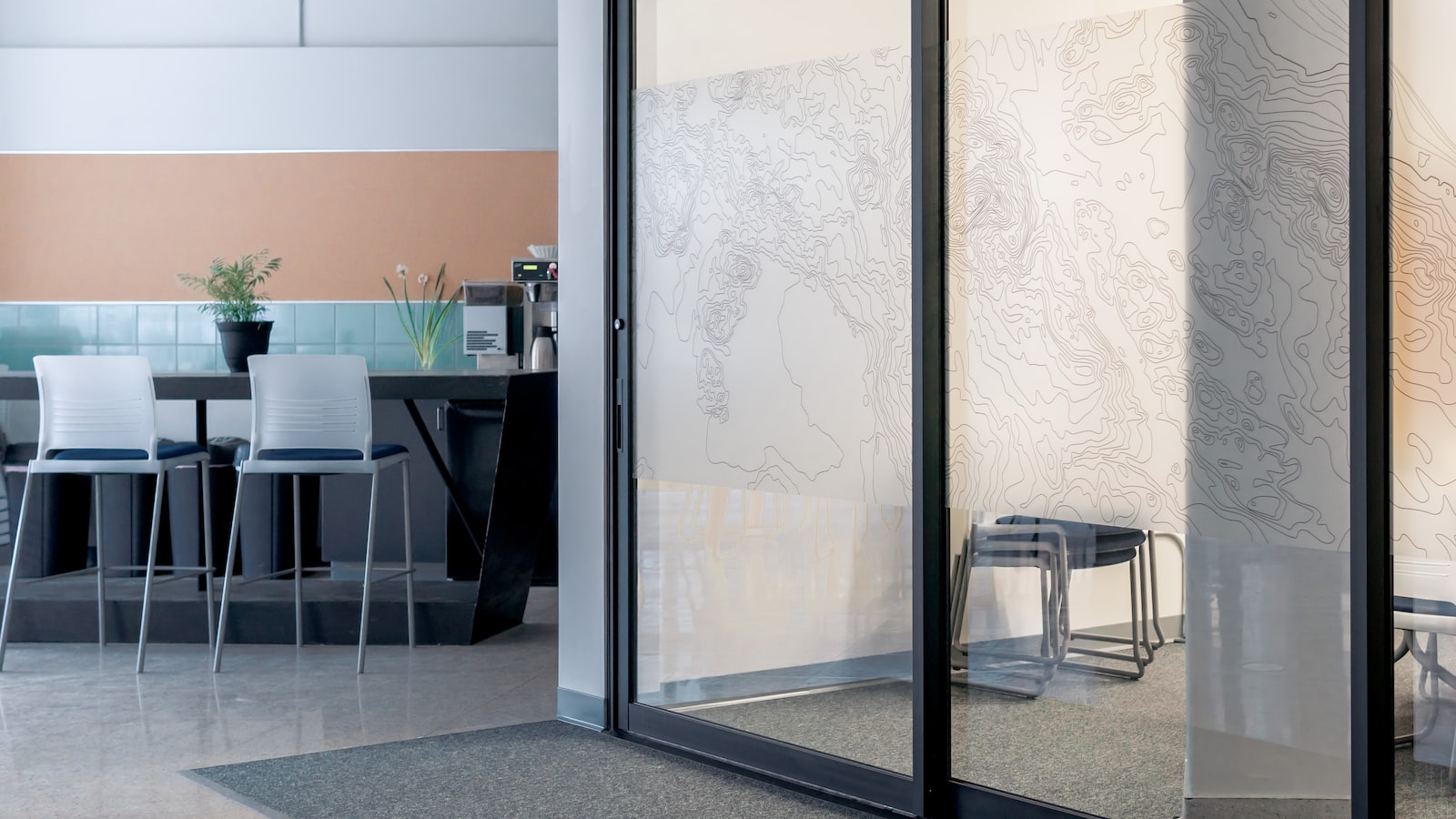Computer Station Nation is reader-supported.
When you buy through links on our site, we may earn an affiliate commission. Learn more.
It’s a common question; with the increasing popularity of laptops and tablets, a lot of people wonder if they can put their desktop PCs on their desk. Indeed, having a PC at your fingertips on your desk can be very convenient. But before you take the plunge, you must consider if it will be a detriment to your workplace and the potentially negative effects of using a computer in your workspace. [[1]] [[2]] [[3]] Weighing the pros and cons of having a desktop PC on your desk is important for making the right decision for you and your office.
1. Make Room for Your PC: Designing a Desktop for Your Work Space
When designing a workspace for your desktop PC, it’s important to consider your needs first. Start by thinking about the tasks you do most, such as computer-intensive work, 3D design, extensive programming, or gaming. This will guide your decision about which components, such as processor type, memory size, hard drive style, and graphics card, to choose for your build. Once your hardware setup is complete, there are a few other considerations to keep in mind for furnishing your work space.
- Ergonomics: Ensure that your PC setup is comfortable and properly adjusted for prolonged use. Consider investing in a quality chair and desk setup, such as a standing desk if you plan on spending extended periods of time seated.
- Power Considerations: Most desktop PCs require dedicated outlets. Make sure you have the correct type of surge protector to keep your components safe from power surges.
- Accessorize: Add additional features such as a monitor if you need more screen real estate or Bluetooth keyboards and mice for wireless freedom.
To create the most balanced work space, it is essential to determine how much noise, heat, and debris the components generate, and position them strategically. Keep in mind that the fan noise from desktop PCs can easily interfere with concentration. To help cancel out this noise, purchase a desktop shell or soundproofing material to reduce the noise. Lastly, having a well-ventilated area for your work space will help mitigate the heat your components generate. With the right components, accessories, and right power setup, you can create your own custom work space for maximum efficiency.
2. Setting Up Your Machine: Important Considerations When Placing Your Computer on Your Desk
To ensure a comfortable and productive workspace, the placement of your computer is a crucial step. For best results, many ergonomists recommend the following guidelines:
- Position your computer monitor directly front of you, not off to the side.
- Allow about an arm’s length of space between you and your computer monitor, no closer than 20 inches.
- Position your monitor’s top so that the top line of text or images appears at or slightly below eye level.
- Tilt the screen back 20- 30 inches so that you are looking slightly down at it.
Also, it is important to consider the layout of your workspace beyond just the computer placement. Make sure there is enough clear space around the computer for storing items that are used often. Place any items that are used frequently in reach of the operator. For example, documents, notebooks, water, pens, wrist rest, mouse, etc. should all be within reach. Additionally, try to position your computer away from any glare or reflections in the screen.
Having the proper environment for working is essential for productivity. Make sure to follow the above considerations when setting up your computer, and you’ll be well on the way to a more comfortable and efficient workspace.
References: [1] [1], [2] [2], [3] [3].
3. It’s All in the Details: Tips for Optimizing Your PC’s Setup
Every game enthusiast knows that the details count, and optimizing your PC’s setup is no exception. Knowing the best settings to use on your PC can help to give you the best gaming experience possible. Here are some tips to keep in mind when optimizing your PC’s setup for gaming:
- Disable Automatic Updates: When the core components of your system are never updated, you can prevent issues with compatibility or performance. To do this, go to the Settings app, click on ‘Update and Security’, and then choose ‘Advanced Options’. Uncheck the “Give me updates for other Microsoft products when I update Windows” box. [[1]]
- Optimize your Hardware: PC optimization is all about what kind of hardware you need for the tasks you want to accomplish. Consider upgrading your RAM or making sure you have enough storage space, as these are key components of a successful gaming experience. [[2]]
- Manage your Settings and Programs: You can tweak your PC’s performance even further by adjusting your various settings. For example, you can turn off animations and visual effects to improve performance, disable startup programs that aren’t needed, and clean up unnecessary files. [[3]]
Using these tips, you can easily optimize your PC’s setup for the best gaming experience possible. By understanding the best settings to use on your PC, you can maximize your settings and ensure the best gaming experience. And remember, the details count!

4. Get Connected: Choosing the Right Network Cables for Your System
When choosing the right cables for your system, there are several factors to keep in mind. Pay attention to the following features:
- Connectors – The most common connectors are RJ-45, which are used for Ethernet, and coaxial, which is used for TV. Check the documentation for your system or device to make sure you choose the correct connector.
- Speed – High-speed cables are suitable for high-bandwidth applications, such as online gaming or streaming video. Low-speed cables are suitable for basic web browsing or email.
- Length – Make sure you choose cables of the right length for your setup. Wires that are too short may not reach your devices, while wires that are too long may have signal interference.
The file size restrictions of the cables also need to be taken into account. Standard Ethernet cables can carry files up to 1 Gb, but if you want to transfer more than 1 Gb of data, you may need to opt for fiber optic cables. It’s best to consult a professional if you’re unsure which network cables are best for your system. Keep in mind that it’s possible to use a combination of different cables in order to ensure the best performance.
Q&A
Q: Should I put my computer on my desk?
A: It depends on the type of desk and computer you have. Generally speaking, it is recommended to use a desk that has enough space for both the computer and any additional peripherals, such as monitor stands or extra monitors. If you have a desktop computer, make sure that the desk is large enough so that your tower fits snugly, and there is no risk of it slipping or falling off. If you have a laptop, a desk with a laptop stand may be a good option, as this will provide additional ventilation for your laptop. Additionally, keep in mind that furniture materials such as particleboard or MDF (medium density fiberboard) may produce a lot of heat, which can be detrimental to a computer. If possible, find a desk made from a solid hardwood. According to a study by Adaman and Blaney [1], this type of material does not generate heat, and thus will be a better option for your computer.
So if you have been debating about whether to put your PC on your desk, take time to consider all the information provided. Making the right choice could be the difference between a piece of furniture that lasts for years to come or one that needs to be replaced quickly. At the end of the day, it’s up to you to decide what fits best in your home or workspace.






